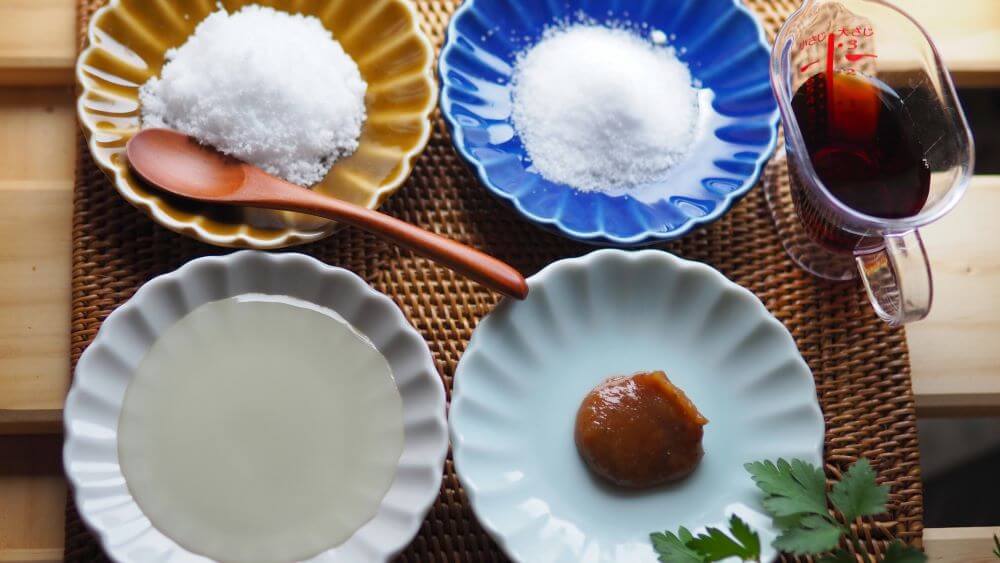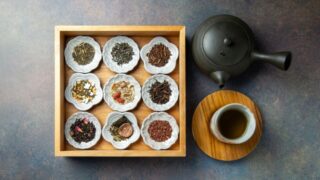Japanese ingredients and seasonings are incredibly unique, captivating food enthusiasts and chefs worldwide. They are also beloved by health-conscious individuals due to their high nutritional value. This article introduces Japanese ingredients and seasonings that you should definitely try when you have the opportunity to visit Japan.
Charm and Characteristics of Japanese Ingredients
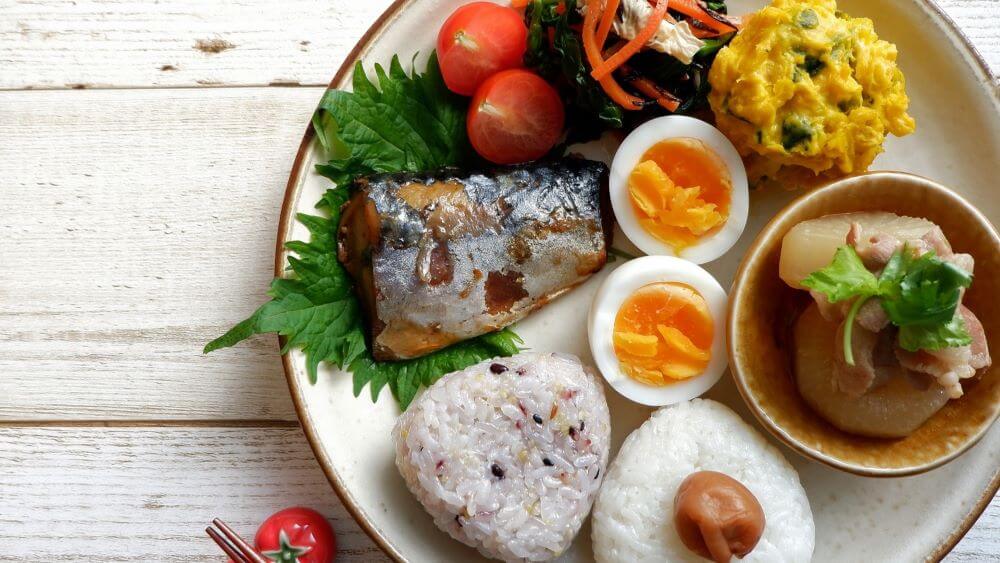
Japanese cuisine receives high praise globally for its distinctive flavors and health benefits. Rooted in a tradition of enjoying seasonal ingredients, Japanese cuisine offers a delightful variation in taste with each season. The visual appeal and balanced nature of Japanese cuisine are also notable features, attributed to carefully selected ingredients and sophisticated seasonings.
Japanese ingredients and seasonings are also renowned for their health and beauty benefits, such as seaweed and soybean products, known for their high nutritional content, contributing to balanced diets. Seasonings like soy sauce and miso are crafted using techniques and methods passed down through generations, embodying a rich history and tradition.
While these seasonings are relatively accessible outside Japan, experiencing fresh ingredients locally will undoubtedly offer an authentic taste.
Japanese Ingredients and Seasonings
Seasonings
Dashi (Soup stock)
Dashi in Japan, a soup made from ingredients like fish and seaweed, is an essential element of Japanese cuisine, much like chicken or beef bouillons used in Western countries. It is typically prepared using ingredients such as kombu, bonito flakes, and dried shiitake mushrooms, simmered in water. However, for convenience, many households nowadays use dashi packs or powder. Dashi serves as the base for various dishes, adding umami and flavor.
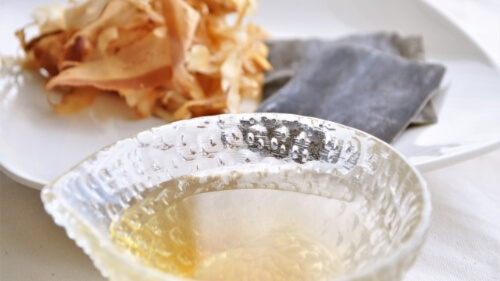
Shouyu (Soy Sauce)
Soy sauce, made by fermenting soybeans and wheat, is a globally popular seasoning, with taste and aroma varying greatly by region. In Japan, there are two main types: “koikuchi“, a dark and rich soy sauce commonly found in the east part of Japan, and “usukuchi“, a lighter soy sauce predominant in the west. Widely used from sushi to simmered dishes and stir-fries, it adds a savory aroma and deep flavor.
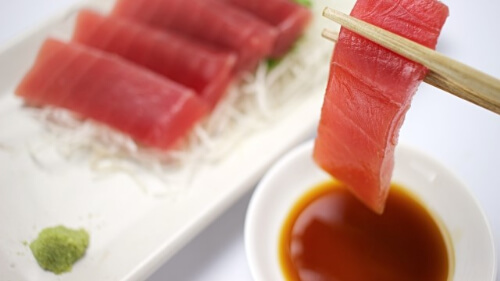
Ponzu (Citrus source)
Ponzu is a seasoning made by blending citrus juice with soy sauce and dashi. Its refreshing aroma and light taste make it versatile, used in hot pot dishes, grilled fish, salad dressings, and more. Various citrus fruits such as yuzu, sudachi, and kabosu are used, with each imparting a distinct flavor. It is a staple seasoning found in almost every home in Japan.
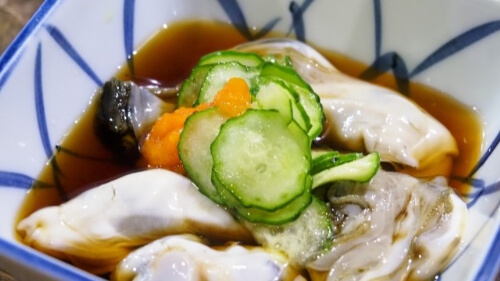
Wasabi
Wasabi, a green paste with a distinctive spicy kick, entices with fresh aroma. Primarily used as a condiment for sashimi and sushi, its pungency enhances the flavor of raw fish. While tube-type wasabi is readily available in supermarkets, experiencing freshly grated wasabi during your visit to Japan is highly recommended.

Sansho (Japanese Pepper)
Sansho pepper, known for its citrusy aroma and numbing sensation, is a distinctive spice. Sansho is used in dishes like glaze-grilled eel and grilled chicken, adding a refreshing fragrance to the cuisine. In spring, young leaves are used as harb in Japanese cuisine. Sansho is believed to stimulate appetite and aid digestion.
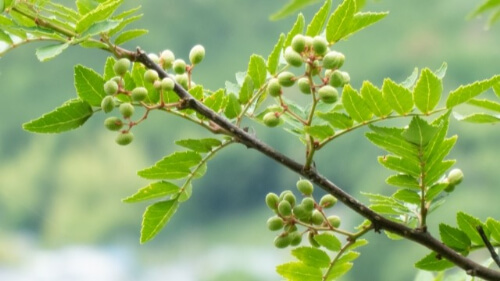
Shichimi Togarashi (Seven-spice blend)
Shichimi togarashi is a Japanese mixed spice blend comprising seven spices, with chili peppers as the main ingredient, accompanied by sansho, sesame, seaweed, poppy seeds, orange peel, and ginger. Its spiciness and complex flavor are perfect for sprinkling over udon, soba, and yakitori.
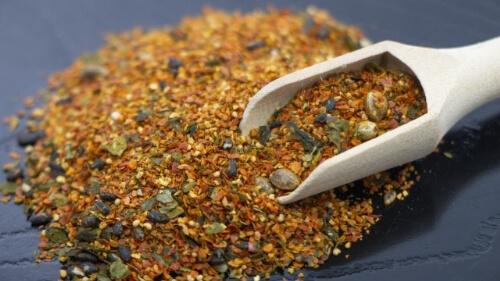
Miso
Miso, a fermented seasoning made from soybeans, offers a harmonious blend of sweetness, saltiness, and acidity. Various types are produced through different fermentation methods across Japan. In Eastern Japan, strong and salty red miso is favored, while in the Kansai region, sweet white miso is popular. Kyushu boasts a gentle malt-flavored miso, while around Aichi, a rich bean miso is preferred. Exploring the diversity of miso is a fascinating culinary experience.

Seaweeds
Nori
Nori, commonly known as an ingredient of sushi, is dried seaweed with a crisp texture and oceanic aroma. Besides sushi, it’s also used in rice ball, as a topping for ochazuke, ramen, salads, and more. Nori is rich in essential nutrients like Vitamin B12, iodine, and iron, making it a popular choice for health-conscious individuals.
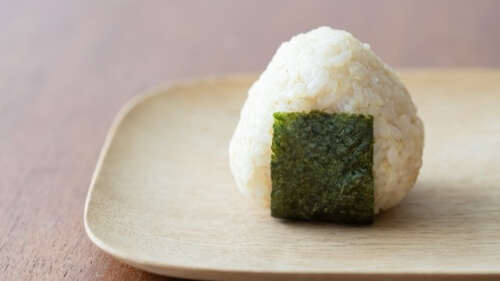
Wakame
Wakame, a soft and smooth seaweed, is used in miso soup, salads, and vinegar dishes. It’s available fresh or dried, and is rich in minerals and fiber, promoting good health. “Sanriku Wakame,” harvested along the coasts of Iwate and Miyagi prefectures, is reputed for its rich taste and elastic texture.
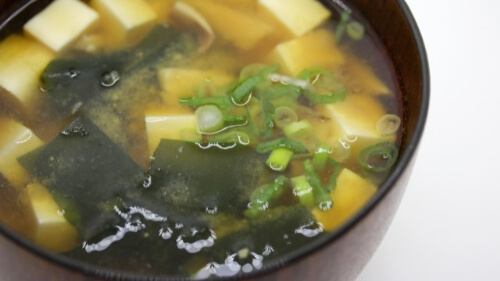
Mekabu
For those already familiar with nori and wakame, trying mekabu is a must. Mekabu is the root part of wakame with a crunchy texture and stickiness. When finely chopped, it becomes even stickier, and topping it with bonito flakes and ponzu sauce creates an exquisite dish. Fresh mekabu in spring is especially delicious.

Mushrooms
Hoshi Shiitake (Dried shitake)
Dried shiitake are widely used in Japanese cuisine. They have a concentrated umami flavor, making them ideal for dashi. Rehydrate them in water before use, they are commonly used in simmered dishes and seasoned rice. Shiitake are rich in vitamin D and fiber, which contributes to their health benefits.
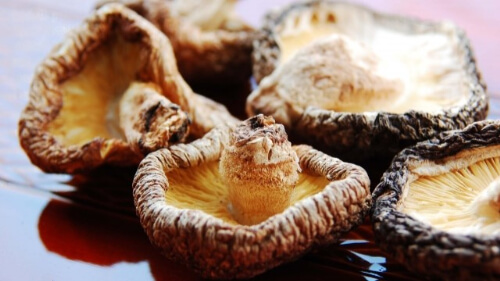
Matsutake
Matsutake are a highly prized mushroom, known for their exquisite aroma and firm texture. They are commonly grilled or used in soups and seasoned rice dishes. Despite their high price, matsutake is a must-try if you visit Japan in autumn.

Nameko
Nameko mushrooms are small and known for their slimy, smooth texture. They pair exceptionally well with miso soup, adding a rich thickness to the dish. While their flavor is mild, their unique texture and appearance make them a distinctive ingredient in many Japanese dishes, adding character and depth.
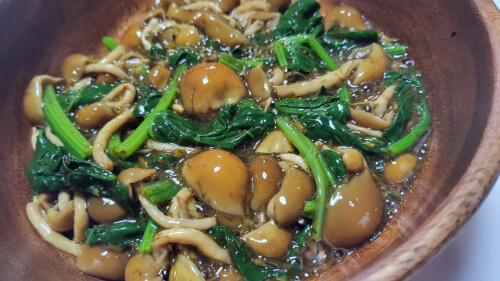
Vegetables
Renkon / Hasu (Lotus Root)
Lotus root, with its crisp texture, is a root vegetable used in various dishes. Among its preparations, lotus root tempura is particularly popular. You can find it as a topping at udon noodle stands for around 100 to 200 yen. Its unique appearance with holes adds charm to the ingredient, and it’s rich in vitamin C and fiber.
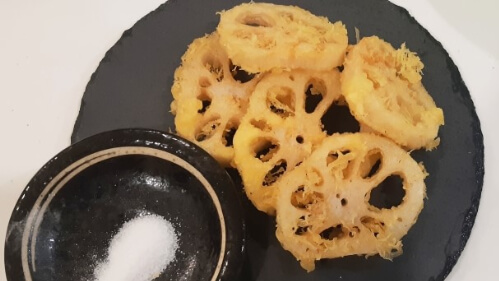
Shiso
Shiso is an Asian herb with a refreshing aroma, slight bitterness, and distinctive flavor. There are red and green varieties; green shiso, also called “ooba,” is often used as a garnish for sashimi or sushi, while red shiso is used for pickling plums. It’s in season during summer, adding a cooling touch to dishes.
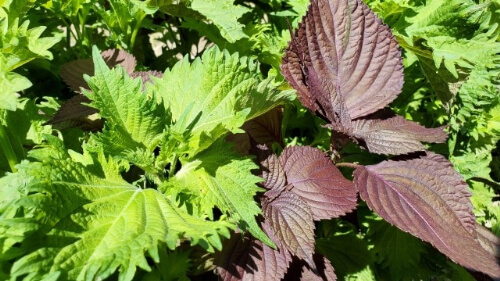
Edamame
Edamame are immature soybeans harvested as a vegetable. Simply boiled and seasoned with salt, they offer a slightly sweet, nutty flavor and a firm texture. Edamame is a popular beer snack, and a staple menu item at izakayas (Japanese pubs). While they are in season during summer, frozen edamame is available year-round. Regional variations like “chamame,” offer an exceptional aroma.
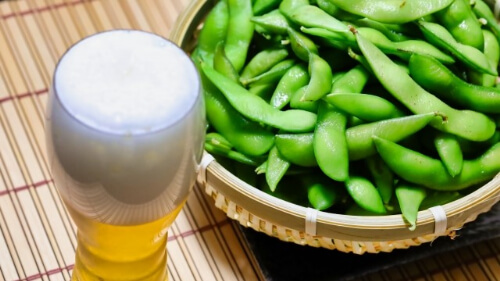
Yamaimo (Yam)
Yam, a root vegetable rich in vitamins and minerals, offers a crunchy texture when shredded and a slimy texture when grated. Grated yam is often mixed with dashi and soy sauce, served on rice, or used as a batter for okonomiyaki. It pairs well with ponzu sauce and nori.
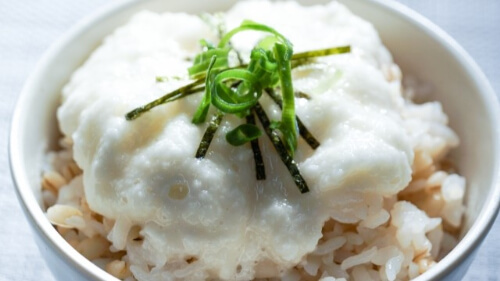
Sansai (Wild plants)
Wild plants are foraged from mountains and fields typically in the spring. Common varieties include taranome, kogomi, and zenmai, known for their slightly bitter flavor and firm texture. They are often prepared as tempura, blanched, or in vinegared dishes, and are cherished as seasonal spring delicacies.
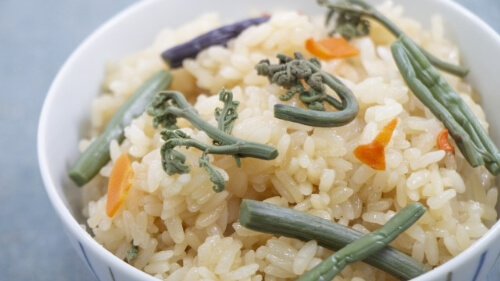
Others
Yuzu
Yuzu is a citrus fruit known for its fruity and refreshing aroma, as well as its tartness. In recent years, it has become a popular ingredient for adding aroma in high-end restaurants worldwide. Its zest is used for flavoring dishes, while its juice is utilised in ponzu sauce and dressings. Winter is its peak season, and in Japan, it’s a tradition to bathe with yuzu on the winter solstice.
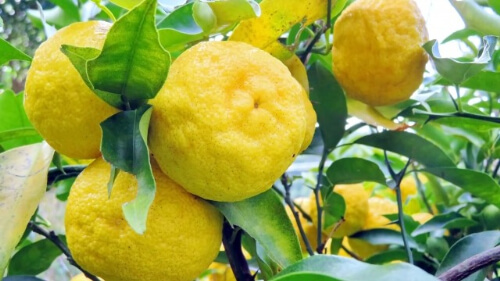
Ume (Plum)
Ume, a fruit with a strong sour flavor, has been loved in Japan for centuries. In Japan, ume is pickled in salt and sun-dried to make umeboshi, a popular condiment. Umeboshi pairs well with white rice and is a popular flavor for onigiri. Umeboshi is also used in making plum wine and plum juice, representing the essence of Japanese summer. It is an excellent preserved food and can be stored for a long time.
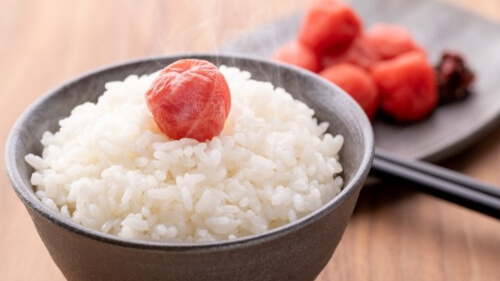
Katsuobushi (Bonito flakes)
Katsuobushi is dried, fermented, and smoked bonito flakes, known for their intense umami and savory aroma. They’re commonly used to make dashi and sprinkled atop Osaka’s beloved dishes like okonomiyaki and takoyaki. They’re also great with tofu or boiled vegetables, especially when accompanied with soy sauce. You can easily find packaged katsuobushi at any supermarket.

Natto
Natto is a fermented soybean known for its sticky texture and strong smell. Its peculiar aroma and rich flavor divide opinions, but it’s a nutritious food packed with vitamins, minerals and protein. Many Japanese people enjoy natto with rice for breakfast, so it’s worth trying at least once for its nutritional benefits and to experience a unique aspect of Japanese cuisine.
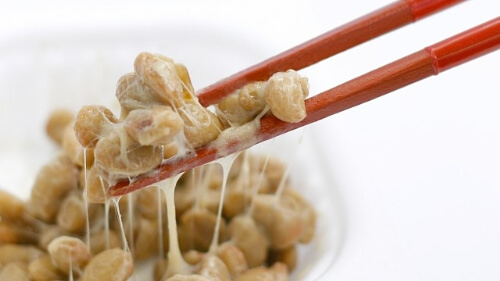
Tofu
Tofu, made from soybeans, has a smooth and creamy texture. It can be enjoyed cold with soy sauce and katsuobushi, or used as an ingredient in variety of dishes like miso soup and hot-pot. When fried or grilled, it offers a crispy exterior and a fluffy interior. Low in calories and high in protein, tofu is a representative of healthy food.
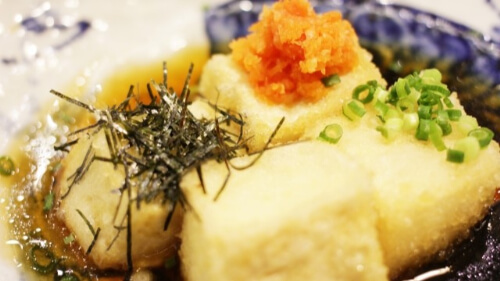
Matcha
Matcha is powdered green tea made from ground tea leaves, popular worldwide as a flavor of sweets. It balances the bitterness and sweetness of tea, offering an elegant taste. In Japan, matcha is used not only in desserts but also kneaded into bread dough, mixed with salt for tempura dipping, and enjoyed in various unique ways not seen in other countries.

Japan boasts an array of remarkable ingredients and seasonings, from globally beloved seasonings like soy sauce and dashi to aromatic ingredients like yuzu and shiso, and health foods like wakame and tofu. Since some ingredients are hard to come by outside Japan or may differ significantly in quality, be sure to try them when you visit Japan.
